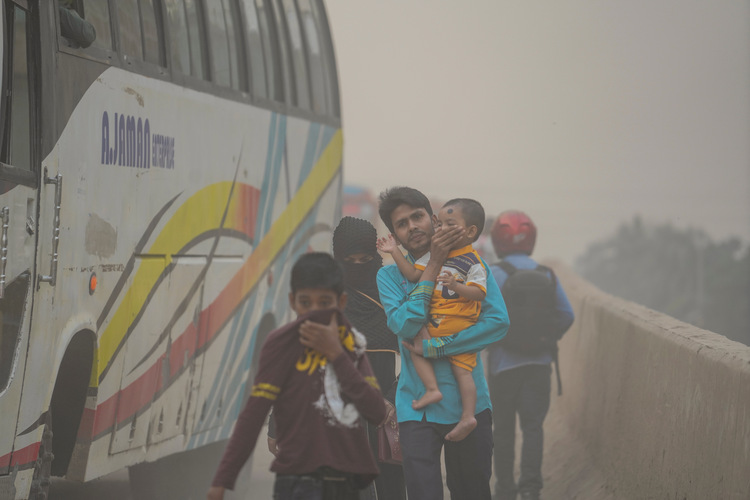
New report claims only seven countries had healthy air quality that met World Health Organisation guidelines for PM 2.5 values in 2023
By
A report issued by IQAir, a Swiss air quality technology company that collects air-sensor data from around the world, has said that in 2023 only seven countries, and just nine per cent of the world’s population, enjoyed a healthy air quality that matched World Health Organisation (WHO) guidelines for fine-particle (PM 2.5) matter of 5 µg/m3.
PM 2.5 stands for particulate matter with the 2.5 representing the size of that matter, which in this case is 2.5 microns. Or, to look at it a different way, this means particulate matter that is 1/30th the diameter of a strand of hair. It’s the microscopic size of the matter that makes it so dangerous, as it’s small enough to easily enter the body.
The report, which surveyed 134 countries, rated countries by their PM 2.5 levels over 2023 with only Australia, Estonia, Finland, Grenada, Iceland, Mauritius and New Zealand meeting WHO guidelines for healthy air quality. At the opposite end of the scale, South Asia dominates the dirty air league with Bangladesh, Pakistan, India, Tajikistan and Burkina Faso in Africa being the five countries with the dirtiest air. Bangladesh, which has the worst air quality of any country, registers an average PM 2.5 of 79.9 µg/m3, which is more than 15 times higher than the WHO PM2.5 annual guideline. Central and South Asia are also home to the majority of the ten cities with the world’s worst air pollution. The Indian capital of New Delhi claims the dubious title of the world’s most polluted city.
The report points out that Africa is the most underrepresented continent, with a third of the population still lacking access to air quality data.
Commenting on the report, Frank Hammes, Global CEO, IQAir, said: ‘A clean, healthy, and sustainable environment is a universal human right. In many parts of the world the lack of air quality data delays decisive action and perpetuates unnecessary human suffering. Air quality data saves lives. Where air quality is reported, action is taken, and air quality improves.’
Sources of PM2.5 pollution vary widely and can be produced by mining, the construction industry and, most importantly, from the burning of fossil fuels such as coal, gas and oil. The WHO has said that outdoor air pollution caused primarily by PM2.5 is responsible for the deaths of more than 4 million around the world every year.
Related articles:



